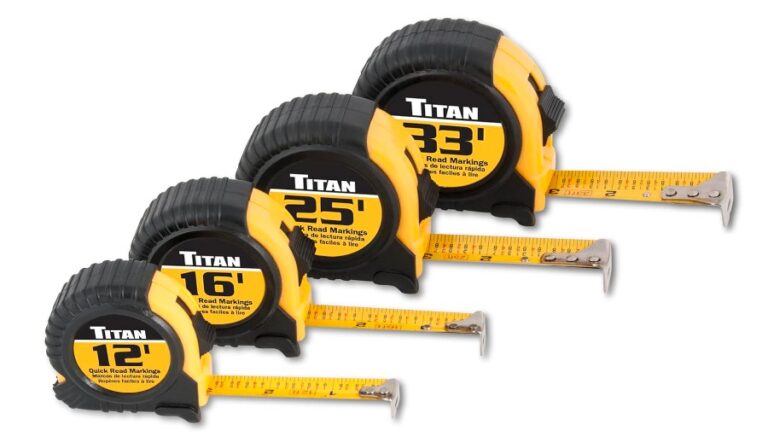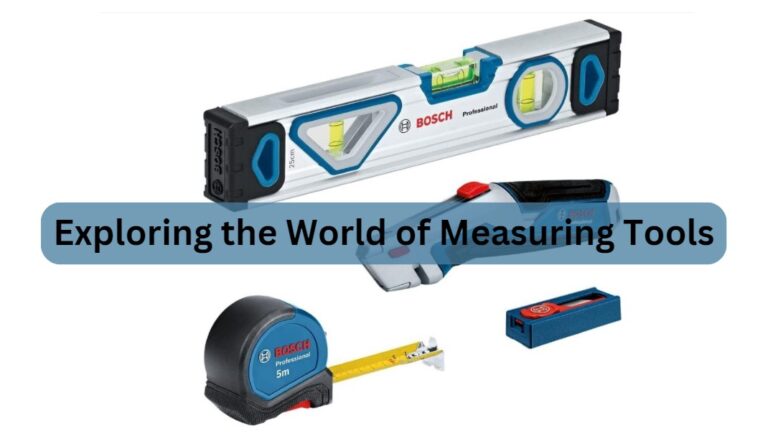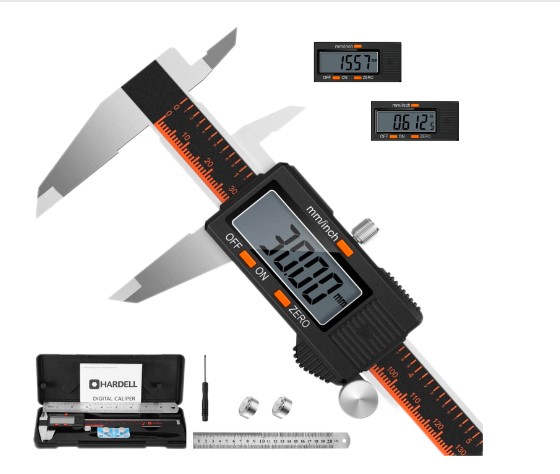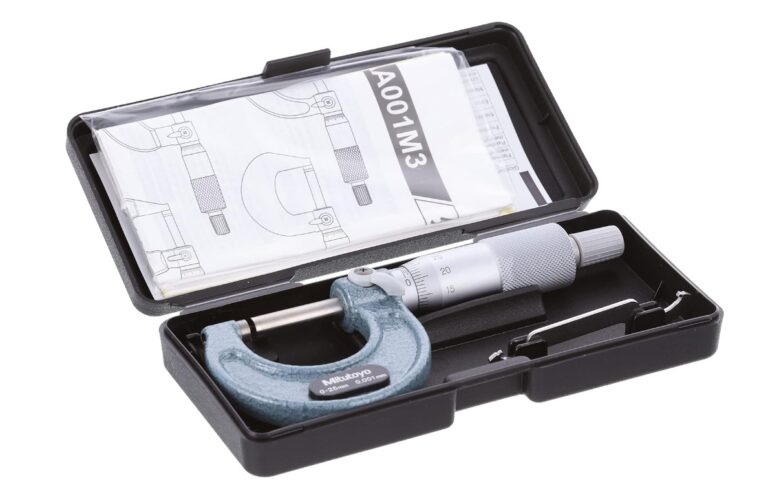Protractors and Angle Measurements

In the realm of geometry and trigonometry, angles are the building blocks that shape our understanding of space and form. To navigate this world of angles with precision, one indispensable tool stands out: the protractor.
Protractors have been guiding students, engineers, and architects in the measurement of angles for centuries, offering a straightforward yet powerful means to capture and understand the nuances of angular relationships.
This exploration delves into the significance of protractors and angle measurements, unraveling their utility, and usage, and addressing common queries through a comprehensive FAQ section.
Protractors and Angle Measurements
Protractors, both simple and complex in design, serve the fundamental purpose of measuring and drawing angles. The most common type is the semicircular protractor, featuring a half-circle marked with degree measurements from 0 to 180. The circular version covers the full 360 degrees, providing a broader range for more complex geometric applications.
Types of Protractors:
Semicircular Protractor: Ideal for measuring angles up to 180 degrees.
Circular Protractor: Covers a full circle, allowing measurement of angles up to 360 degrees.
Digital Protractor: Incorporates electronic sensors for digital angle readings, providing quick and precise measurements.
Materials and Construction:
Protractors are crafted from various materials, including plastic, metal, and even transparent materials for enhanced visibility. The design typically features a central pivot point for rotation, allowing the user to align the protractor with the angles to be measured.
Units of Measurement:
Angles are measured in degrees, with a full circle comprising 360 degrees. In addition to degrees, radians are also used in advanced mathematical contexts.
Protractors are not merely tools for measuring angles; they serve as gateways to understanding the spatial relationships that govern the world around us.
Whether it’s drafting architectural plans, solving mathematical problems, or conducting scientific experiments, protractors are integral to the precision required in these endeavors.
How to Use
Mastering the art of using a protractor involves more than just aligning lines and reading measurements. Here’s a step-by-step guide on how to use a protractor effectively:
Positioning:
Place the protractor on the flat surface where the angle is located. Ensure that the central pivot point aligns with the vertex of the angle.
Alignment:
Adjust the protractor until one of its baseline edges lines up with one side of the angle. Ensure that the central pivot point remains on the vertex.
Reading the Measurement:
For a semicircular protractor, read the degree measurement directly from the scale. If using a circular protractor, consider both the inner and outer scales for accuracy.
Drawing Angles:
Protractors often come with a straight edge or ruler for drawing angles. Once the measurement is determined, use the straight edge to draw lines corresponding to the angle.
Understanding Reflex Angles:
For angles greater than 180 degrees, known as reflex angles, use the circular protractor’s outer scale to measure the supplementary angle and subtract it from 360 degrees.
Digital Protractors:
If using a digital protractor, follow the manufacturer’s instructions for calibration and measurement. Digital protractors often provide instant and precise angle readings.
FAQs (Frequently Asked Questions)
1. Can I measure angles greater than 180 degrees with a semicircular protractor?
No, semicircular protractors are designed for angles up to 180 degrees. For angles greater than 180 degrees, a circular protractor is needed.
2. What is the difference between acute and obtuse angles?
Acute angles are less than 90 degrees, while obtuse angles are greater than 90 degrees but less than 180 degrees.
3. How do I measure angles on irregular shapes?
Break down the shape into simpler components and use the protractor to measure each angle individually. Add the measurements to find the total angle.
4. Can I use a protractor in three-dimensional space?
Traditional protractors are designed for two-dimensional angles. In three-dimensional space, specialized tools like inclinometers may be used.
5. Are there protractors for measuring angles in radians?
Yes, some protractors are designed with both degree and radian scales, catering to advanced mathematical applications.
6. How do I store and maintain a protractor?
Store protractors in a protective case to prevent damage. Keep them clean, and avoid exposing them to extreme temperatures or bending.
7. Can a protractor be used for navigation?
While traditional protractors are not designed for navigation, navigational protractors exist for marine and aviation purposes, aiding in course-plotting.
Conclusion
Protractors, with their seemingly simple design, hold profound significance in our understanding of angles and spatial relationships.
From the classrooms where students first encounter them to the drafting tables of architects and engineers, protractors facilitate precision and clarity in measuring angles.
The step-by-step guide on using protractors underscores their versatility in various applications, providing a foundation for accurate measurements and angle representation.





